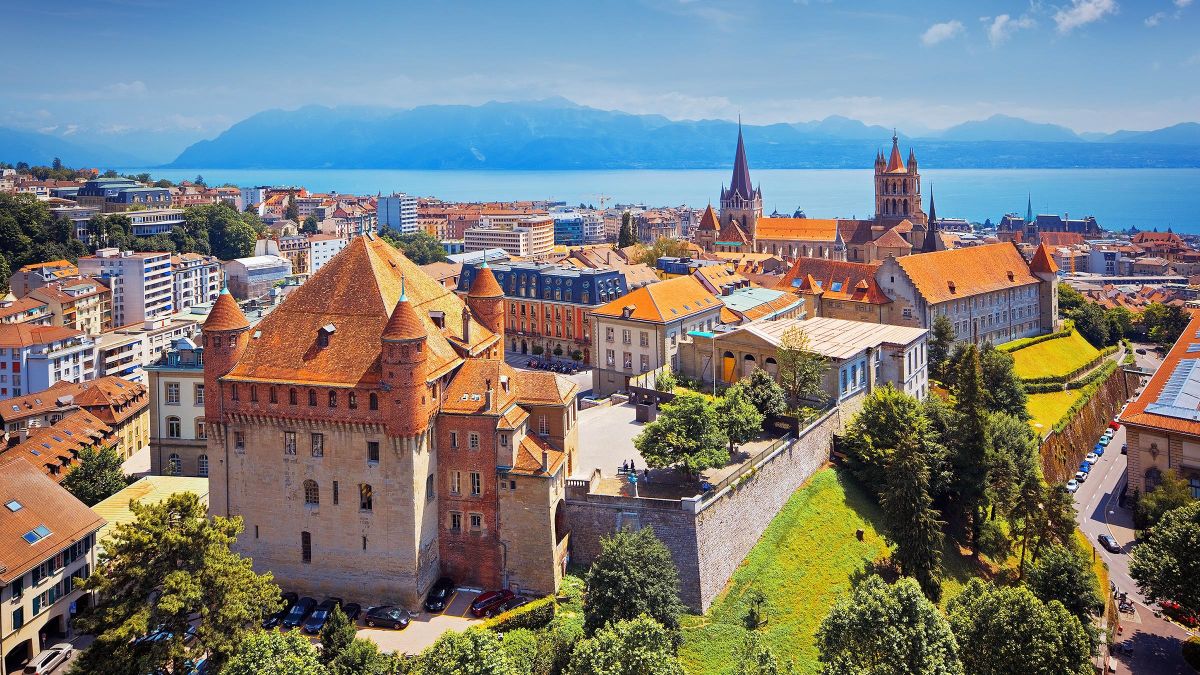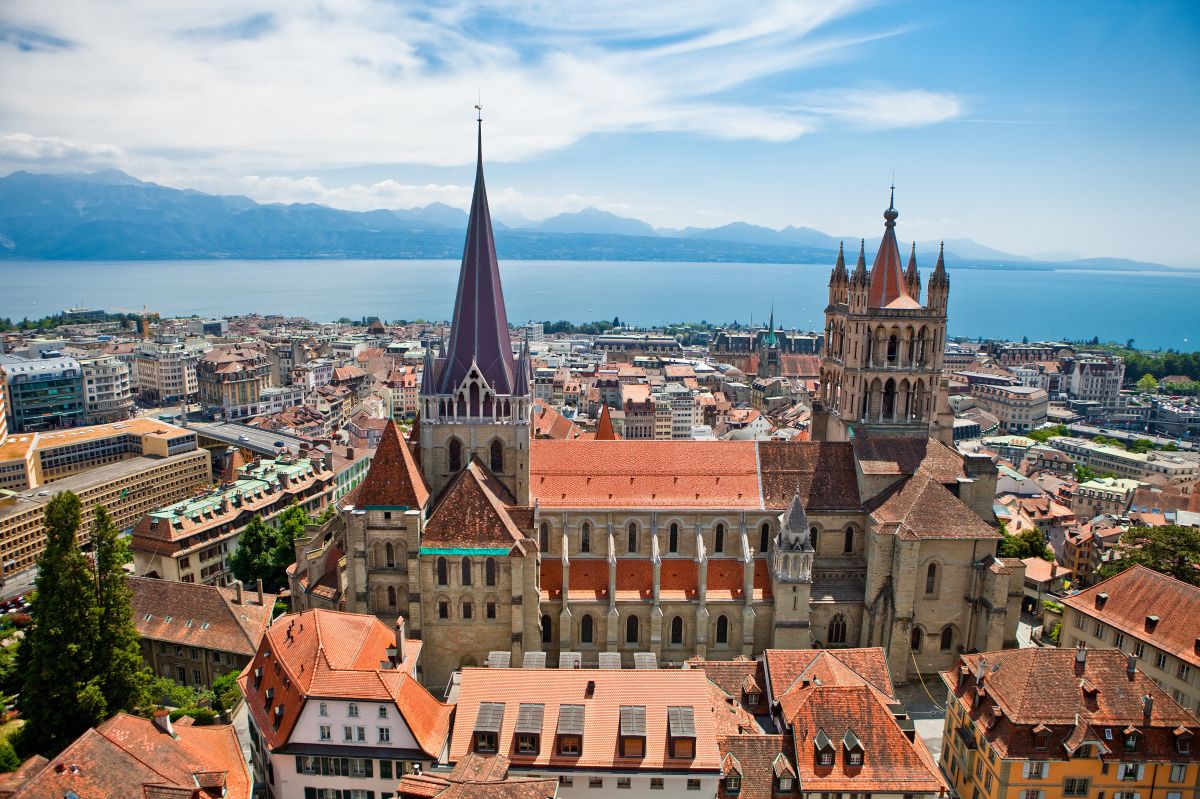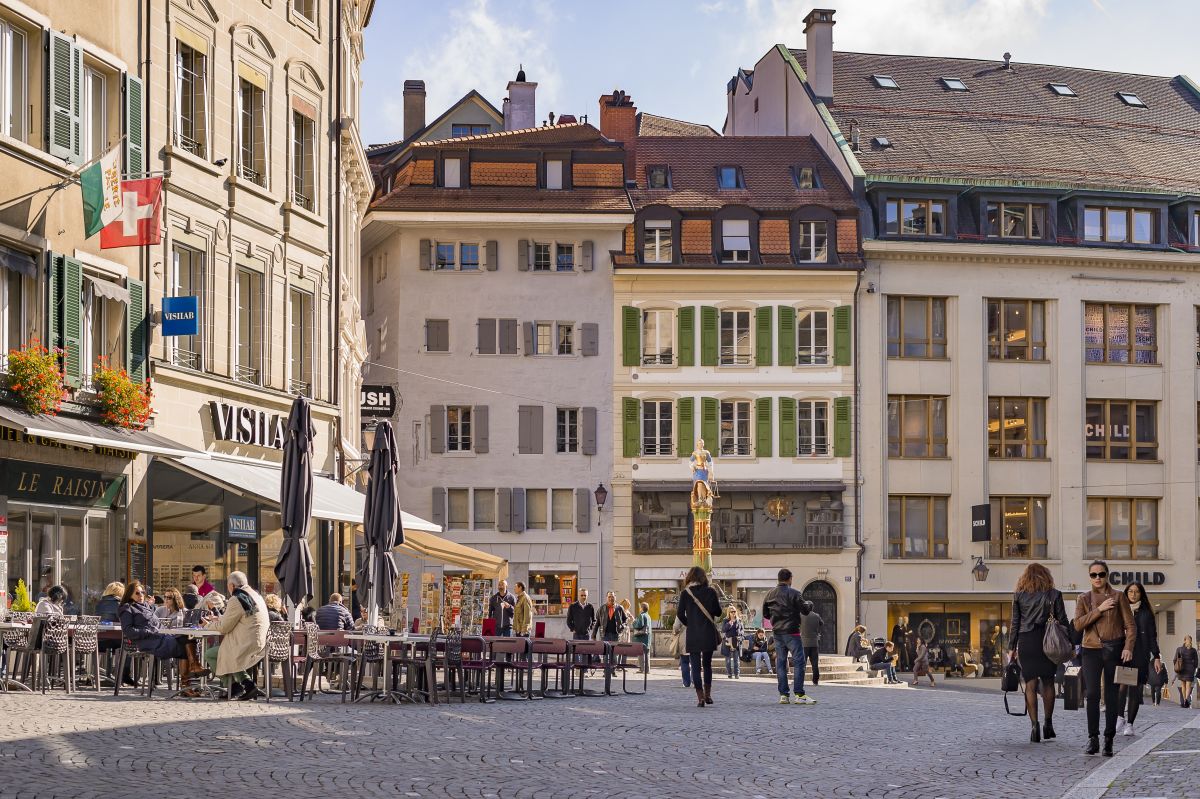Useful information
Address
Place du Chateau
1002 Lausanne
1002 Lausanne
More info
With the massive appearance of the city castles of its time, today we still consider its residential and military functions. In 1536, unwilling to abandon it to Lausanne’s residents, Bern installed its bailiff here. Since 1803, the Cantonal Government has resided here. The defensive level of the castle is particularly noteworthy. Made of brick and featuring slits and low-cut merlons, it was probably designed by Italian masters who came by invitation of Bishop Guillaume de Challant (1406-1431), who himself was originally from the Aosta Valley. This type of architecture has well-known predecessors, like the fortress in Verona, and equally famous successors, such as the Kremlin in Moscow.
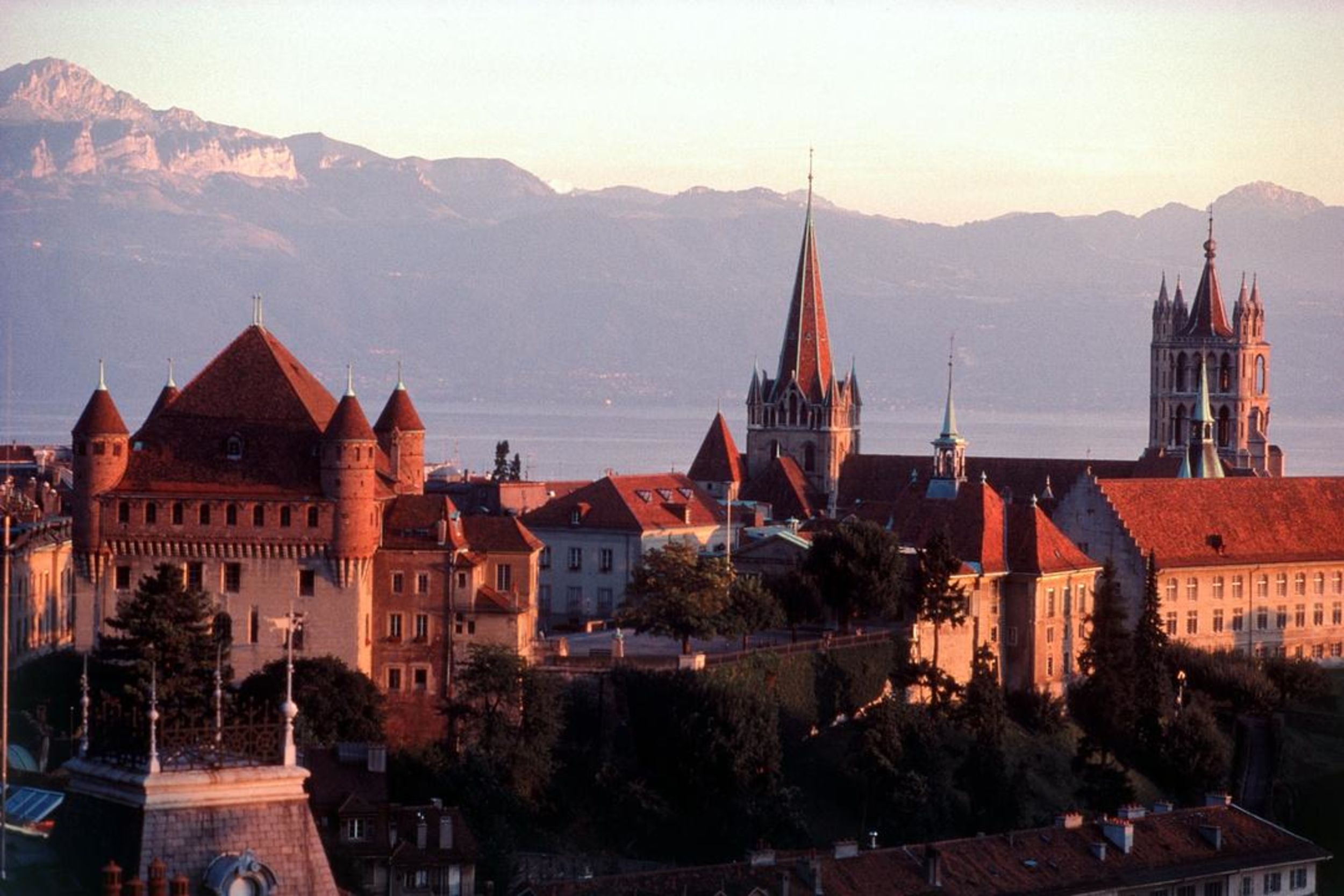





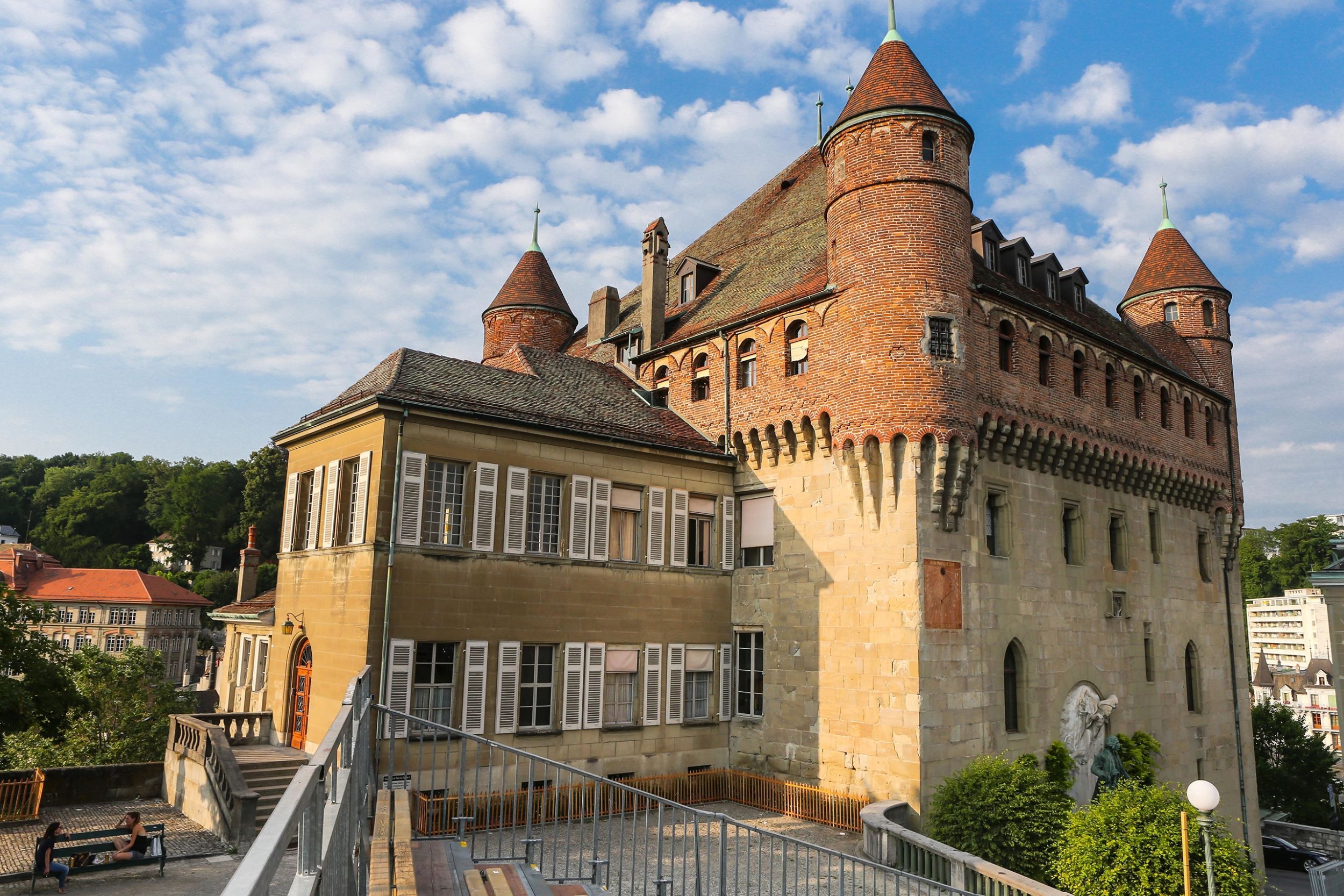
 Website
Website